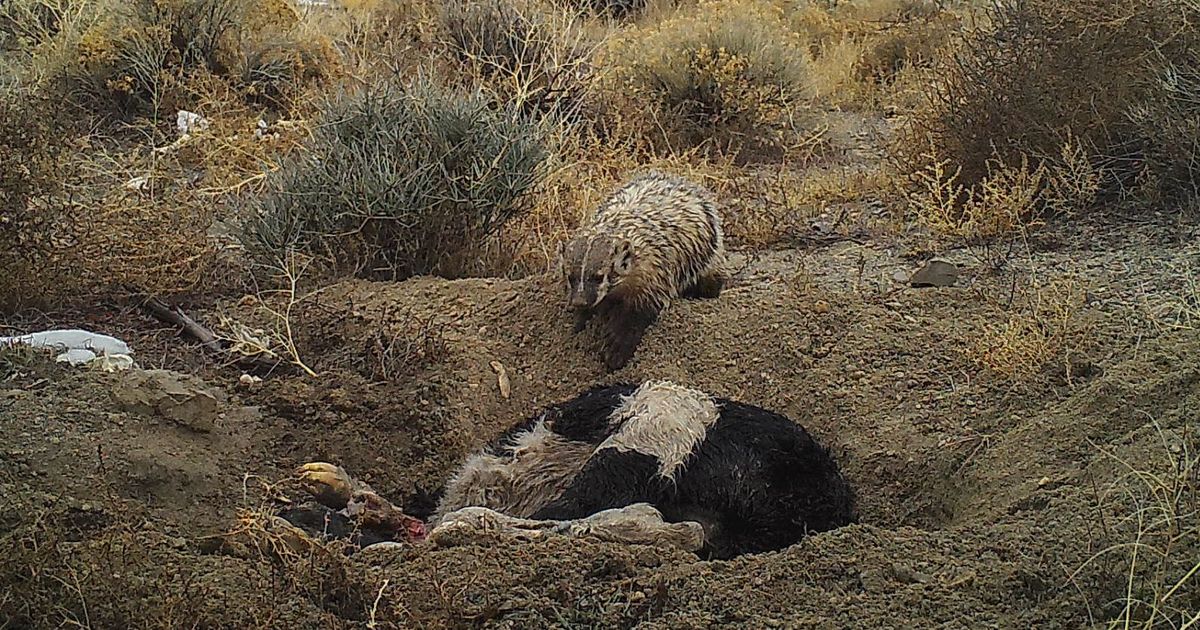For a long time the badger, an omnivorous mammal of the weasel family, was known for burying rabbits and rodents – not as a funeral rite – but to cache the carcasses to eat later.
But little did anyone know that the American badger, found in dry, open grasslands, could actually bury an animal larger than itself – a 25-kilogram carcass – over the course of five days, as shown in the time-lapse video above.
This prowess was accidentally discovered by researchers at the Utah University, USA. In a study of the ecology of scavengers in Utah’s Great Basin during winter, seven calf carcasses were set up in January, 2016 with camera traps to record scavenging birds.
A week later, doctoral candidate Evan Buechley found one of the carcasses missing – only to discover the footage of the short-legged animal undertaking a burdensome task.
“Not to anthropomorphise too much, but he looks like a really really happy badger, rolling in the dirt and living the high life,” said Buechley in a statement.
The discovery says a lot about the nocturnal behaviour of the species, which spends a substantial amount of its lifetime underground. The study suggested that badgers might play a bigger role than expected in the disposal of carrion before any diseases incubating in the carcass can infect other animals.
Interestingly, this also keeps large predators away – a win-win situation for the badger and rancher taking care of its cattle.
Just 0.2% of readers pay for news. The others don’t care if it dies. You can help make a difference. Support independent journalism – join Scroll now.

Our coverage is independent because of readers like you. Pay to be a Scroll member and help us keep going.
